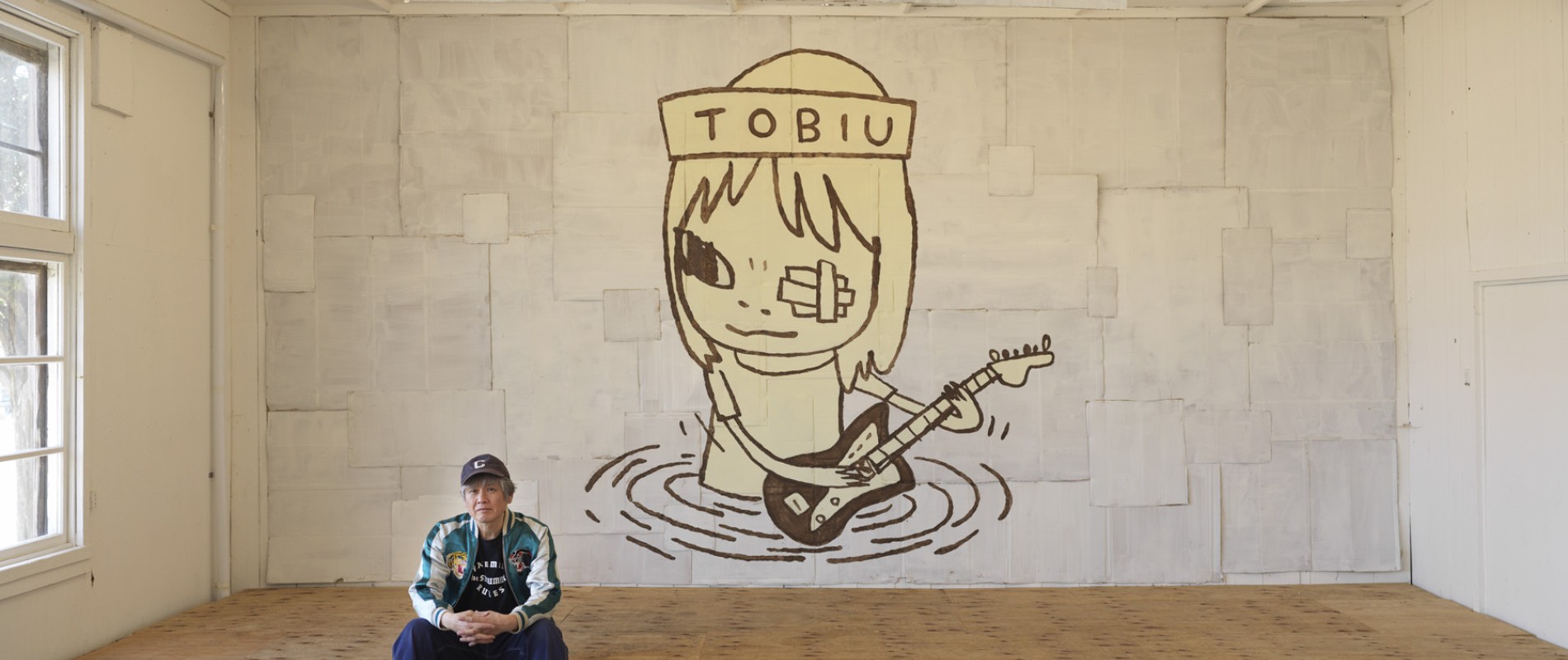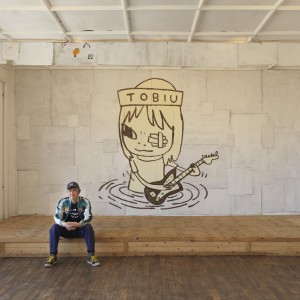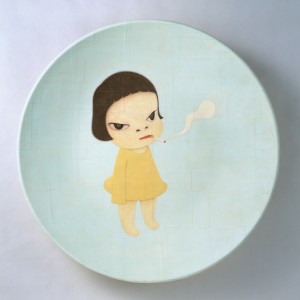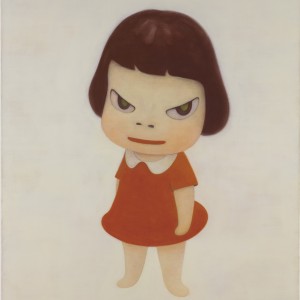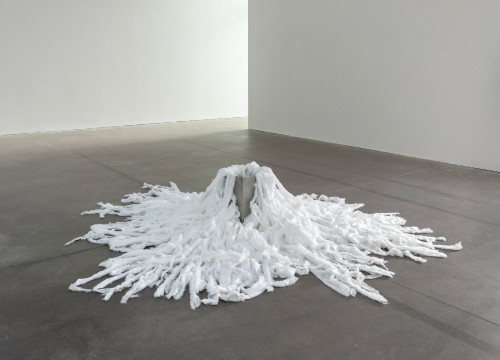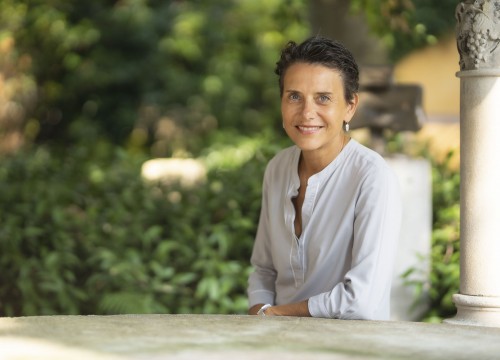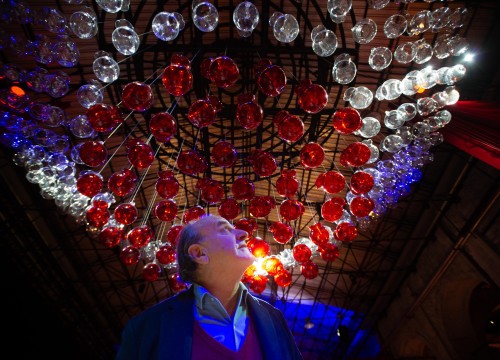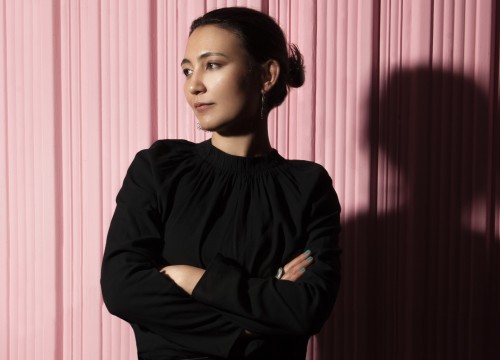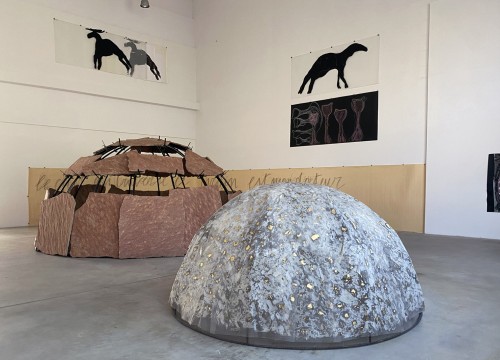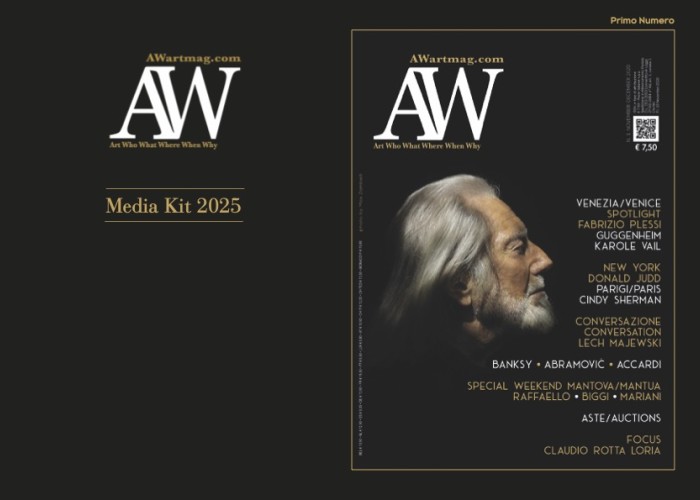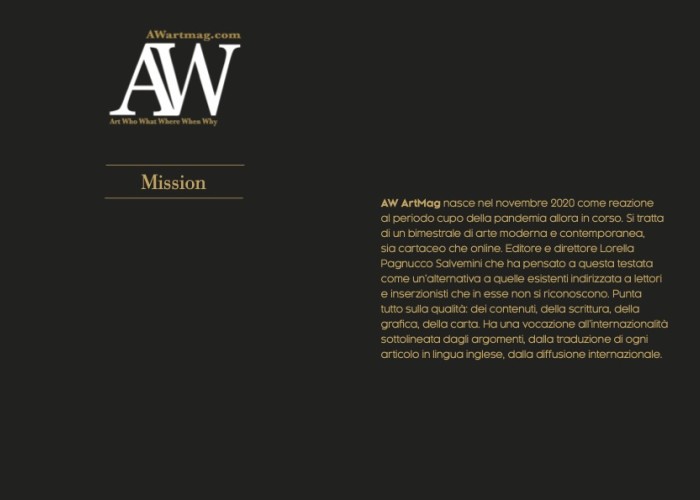The entire production from 1984 to today on view
Yoshimoto Nara’s auction record dates back to 2019: about 25 million dollars beaten by Sotheby’s Hong Kong for *Knife Behind Back* (2000), a few months after the 4.5 million dollars of *Sleepless Night (Cat)* (1999) from Christie’s Hong Kong. In both cases, the subject, recurrent in the artist’s works, is a little boy or a little girl on horseback between candor and evil.
IN SOME PAINTINGS, CHILDREN HIDE KNIVES AND SAWS, TO REPRESENT AN EVIL INTENT
Perhaps, according to Nara, it is precisely the world of adults that inevitably contaminates the quintessential purity, the innocence of childhood, nourishing Machiavellian menaces, faces, and poses of the effigies. Even in some paintings, children hide knives, saws, cigarettes, too small to be identified at first glance but also to represent a real malicious intent. They draw, perhaps, these tensions to a sense of common guilt, linked to a personal and social judgment increasingly rigid and pressing with the advancing age that idealizes memories evanescent and overflowing with regret of a light act, devoid of responsibility, of self-criticism and “necessary” evils.
In fact, it is the contradictions that make the characters round, alive in a narrative, to convince the audience but also the collector, ready to release their imagination on the final left open of these tender and disturbing scenes, of which the Japanese master makes us spectators. It happens that different ingredients find interesting and harmonious combinations, another aspect of Yoshimoto’s figure, which perfectly combines Eastern and Western visual traditions, thanks to the long education in Germany where, studying with A. R. Penk, he absorbed the influences of German neo-expressionism in the early part of his career. He lived in Europe until 2000, experiencing a sense of isolation due to the difficulty in expressing himself in an unknown language that he transferred into poetry along with references from punk music, folk, and alternative rock of which he is a fan, mixed with spiritual and natural symbols typical of the two cultures that characterize his history.
YOSHIMOTO COMBINES EASTERN AND WESTERN VISUAL TRADITIONS THANKS TO THE LONG YEARS OF EDUCATION IN GERMANY
In Bilbao, the Guggenheim intends to celebrate the artist’s entire production, from 1984 to today, with the first major solo exhibition in Spain (until November 3, curated by Lucía Agirre). The exhibition, organized by thematic and non-chronological areas, is an overview of an original artistic phenomenon, successful and with a strong identity, also for this divisive, that has known, with paintings, sculptures, drawings, and installations, how to structure a language child of his time, in a communion of worlds, through the universality of melancholy.

